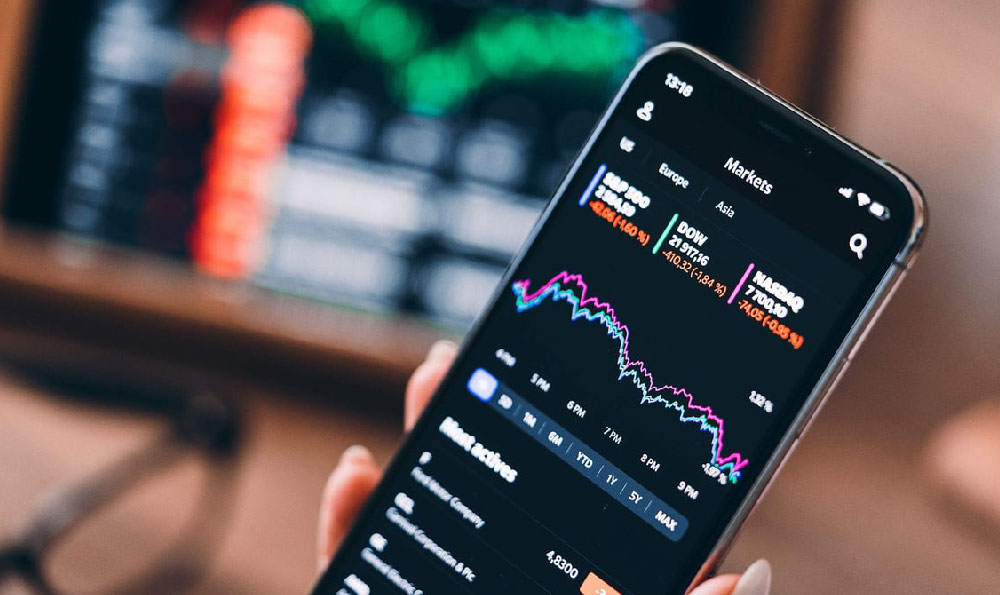Bitget is a popular cryptocurrency exchange, known for its diverse range of trading options, including futures trading. A crucial element within the futures trading environment is the funding fee. Understanding what it is and how it's calculated is vital for any trader aiming to navigate Bitget successfully and manage their positions effectively.
Understanding the Bitget Funding Fee: A Core Concept
The funding fee is a periodic payment, either paid or received by traders holding positions in perpetual futures contracts. Unlike traditional futures contracts which have an expiry date, perpetual contracts aim to mirror the price of the underlying spot market. The funding fee mechanism helps to keep the perpetual contract price anchored to the spot price.

Think of it as a balancing act. If the perpetual contract price is consistently trading higher than the spot price, traders holding long positions will pay a funding fee to those holding short positions. This encourages more traders to take short positions, pushing the contract price down towards the spot price. Conversely, if the perpetual contract price is lower than the spot price, short position holders will pay the funding fee to long position holders. This incentivizes more traders to open long positions, driving the contract price up.
The Importance of the Funding Fee
The funding fee is not a fee paid to Bitget; it’s an exchange between traders. Its primary purpose is to maintain equilibrium between the perpetual futures market and the spot market. Without this mechanism, the perpetual contract price could significantly diverge from the underlying asset's actual value, leading to arbitrage opportunities and potential instability in the market.
Furthermore, the funding fee impacts a trader's profitability. Depending on the direction of your trade and the prevailing funding rate, you might either receive or pay a fee, directly affecting your overall return. Therefore, actively monitoring and understanding the funding rate is essential for effective risk management and profit maximization.
Deciphering Bitget's Funding Rate Calculation
Bitget uses a specific formula to calculate the funding rate, which determines the amount traders either pay or receive. The funding rate is influenced by two key components: the premium index and the interest rate.
-
Premium Index: This index measures the price difference between the perpetual contract and the spot price. Bitget calculates the premium index based on the difference between the average perpetual contract price and the index price (a weighted average price from multiple spot exchanges). A higher premium index suggests the perpetual contract is trading at a premium compared to the spot market.
-
Interest Rate: This is a fixed rate added to the funding rate calculation to account for the borrowing cost associated with holding a leveraged position. While the premium index fluctuates based on market dynamics, the interest rate is generally a fixed value set by Bitget.
The general formula for the funding rate is as follows:
Funding Rate = Premium Index + Clamp (Interest Rate - Premium Index, a, b)
Where:
- Interest Rate is usually a fixed rate (e.g., 0.03% on Bitget, which can vary depending on the asset).
- Premium Index is calculated as described above.
- Clamp (x, a, b) limits the value of (Interest Rate - Premium Index) within a specified range (a, b). This helps to prevent excessive fluctuations in the funding rate. Bitget imposes a maximum and minimum funding rate, ensuring the rate remains within reasonable bounds.
The "Clamp" function is crucial. It ensures that even if the premium index is extraordinarily high or low, the funding rate doesn't become unreasonably large or small. This provides a degree of stability and predictability for traders.
How to Calculate the Funding Fee
Once the funding rate is determined, calculating the funding fee is relatively straightforward. The fee is calculated based on the notional value of your position, which is the quantity of the contract multiplied by the mark price.
Funding Fee = Funding Rate * Notional Value of Position
For example, if the funding rate is 0.01%, and you hold a long position worth 10,000 USDT, the funding fee would be 0.01% * 10,000 USDT = 1 USDT. You would pay 1 USDT to traders holding short positions.
Understanding Funding Fee Intervals on Bitget
Bitget typically settles funding fees every eight hours, specifically at 00:00 UTC, 08:00 UTC, and 16:00 UTC. This means that at these times, traders holding positions either pay or receive funding fees based on the prevailing funding rate. Only traders who hold a position at the settlement timestamps are affected. If you close your position before the settlement time, you will neither pay nor receive a funding fee for that period.
Strategic Considerations for Traders
Understanding the funding fee empowers traders to make more informed decisions. Here are some key strategies:
- Monitor the Funding Rate: Regularly check the funding rate for the contracts you are trading. This will help you anticipate potential costs or benefits associated with holding your position.
- Adjust Positions Strategically: If the funding rate is consistently negative (meaning you would receive a fee for holding a long position), you might consider holding a long position to collect the funding fee. Conversely, if the funding rate is consistently positive, you might consider closing your long position before the settlement time to avoid paying the fee.
- Consider Funding Fees in Your Overall Strategy: Incorporate funding fee considerations into your overall trading strategy and risk management. Account for potential funding costs when calculating your profit targets and stop-loss levels.
- Hedging Strategies: Experienced traders might utilize funding rate differentials across different exchanges or contracts to implement hedging strategies and potentially profit from arbitrage opportunities.
Potential Pitfalls and How to Avoid Them
One common pitfall is ignoring the funding fee altogether. Traders who focus solely on price movements without considering the funding rate might be surprised by unexpected costs eroding their profits. Another pitfall is over-leveraging without understanding the impact of the funding rate. Higher leverage magnifies both potential profits and potential funding costs.
To avoid these pitfalls, traders should:
- Educate themselves: Thoroughly understand the funding fee mechanism and its impact on their trades.
- Use risk management tools: Utilize stop-loss orders and position sizing strategies to manage risk effectively.
- Start with small positions: Begin with smaller positions to gain experience and build confidence before trading with larger amounts.
- Keep abreast of market conditions: Stay informed about market trends and potential changes in funding rates.
In conclusion, the Bitget funding fee is a critical component of perpetual futures trading. By understanding how it works and incorporating it into your trading strategy, you can improve your profitability, manage your risk more effectively, and navigate the complexities of the cryptocurrency market with greater confidence. Remember to always conduct thorough research and exercise caution when making investment decisions.












